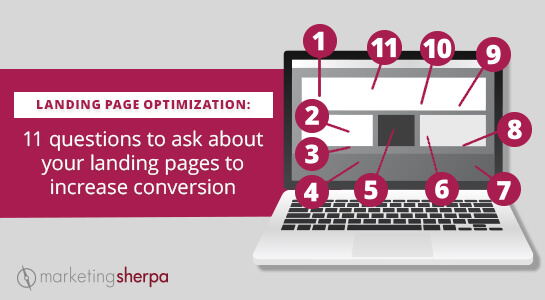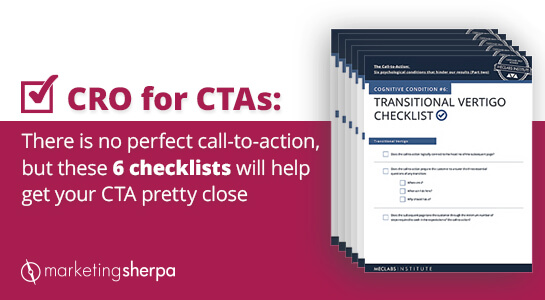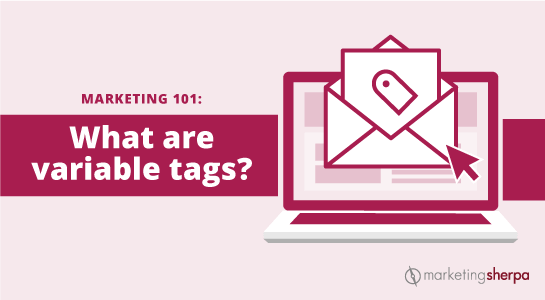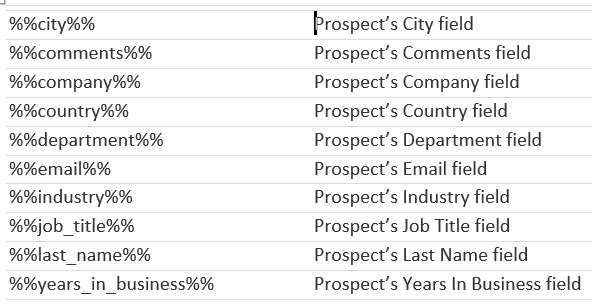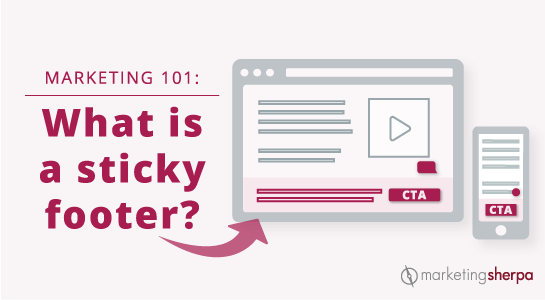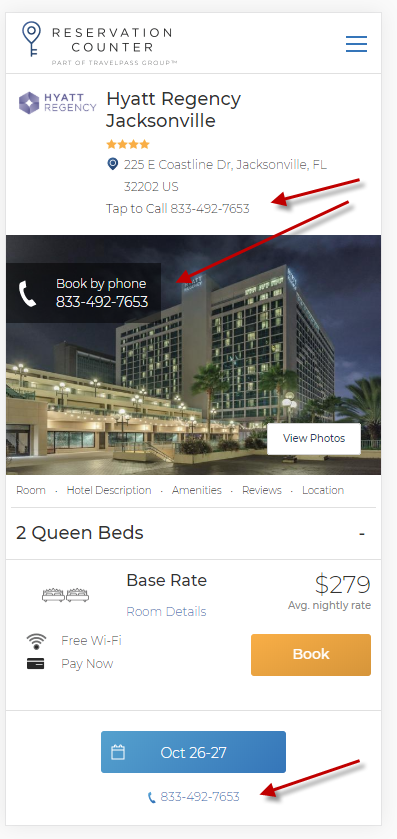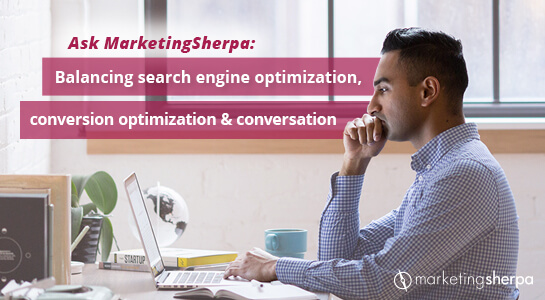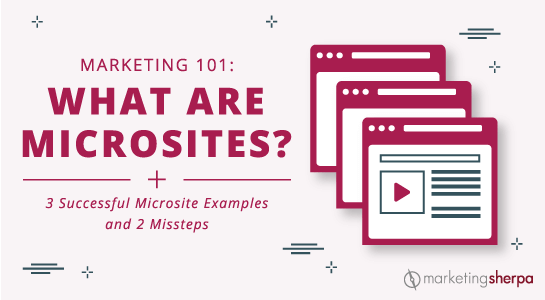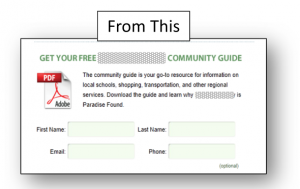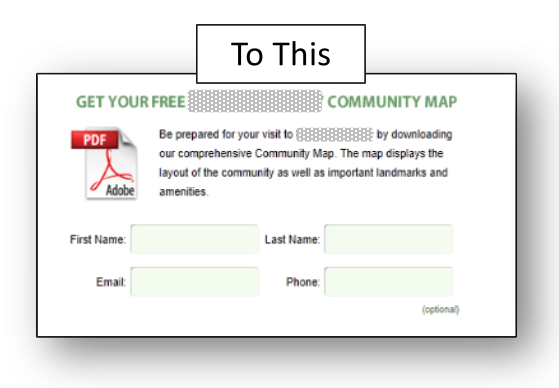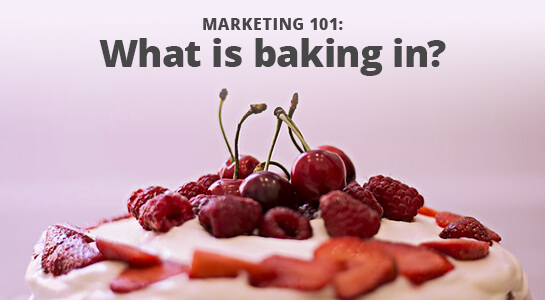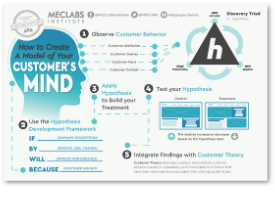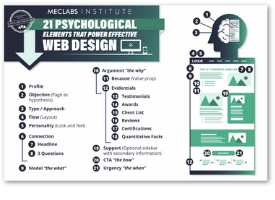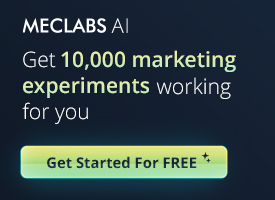SBA Paycheck Protection Program Loans and the Marketing Industry: 4 tips for marketers

This blog post was originally published in the MarketingSherpa email newsletter.
If you haven’t already heard of the Paycheck Protection Program (PPP), it is part of $350 billion in aid the U.S. Congress allocated for small businesses in its recent stimulus bill (and more is being considered).
This program, in response to the economic devastation wrought by the Coronavirus (COVID-19) crisis, is meant to keep small businesses afloat as well as ensure workers on private payrolls continue to get paid.
If you want general information about the program, you can learn more directly from the U.S. Small Business Administration. In this MarketingSherpa blog post, we’ll focus on some tips that are especially relevant to marketers.
Tip #1: Understand how your workers are classified
There has been a lot of press about the PPP and how it can help small businesses cover payroll and operating expenses. For some in the marketing industry, there may be special considerations in how they should manage their organization’s human resources.
“Many marketing agencies have a lot of 1099 contractors; those freelancers are not covered under the agency’s PPP loans. Therefore, marketing agencies would have an easier time covering those types of expenses under the Economic Injury Disaster Loan Assistance Program,” advised Taylor Gibson, COO, Optima Office, an accounting firm.
Gibson advises that the Payroll Protection Program can be a better loan option if you have W2 employees since portions can be forgiven (more info below).
“You can get two-and-a-half times the qualifying monthly wages and benefits through the Paycheck Protection Program. Plus, the PPP does not require a personal guarantee — which the Economic Injury Disaster Loan Assistance Program does,” advised Gibson.
Tip #2: You may be a small business
Jay-Z once said, “I’m not a businessman, I’m a business, man!”
You may be a small business as well.
Sole proprietors, independent contractors and self-employed persons can apply to the PPP, according to the SBA website.
“If you own a one-person marketing agency and are a sole prop[rietor], then you likely do not have payroll costs in the same way. That being said, the loan amount that you are eligible for would still be calculated as a result of your payroll costs for the twelve months,” said Allan Givens, PR Manager, Finder.com, which offers a tutorial on How to apply for the SBA Paycheck Protection Program.




